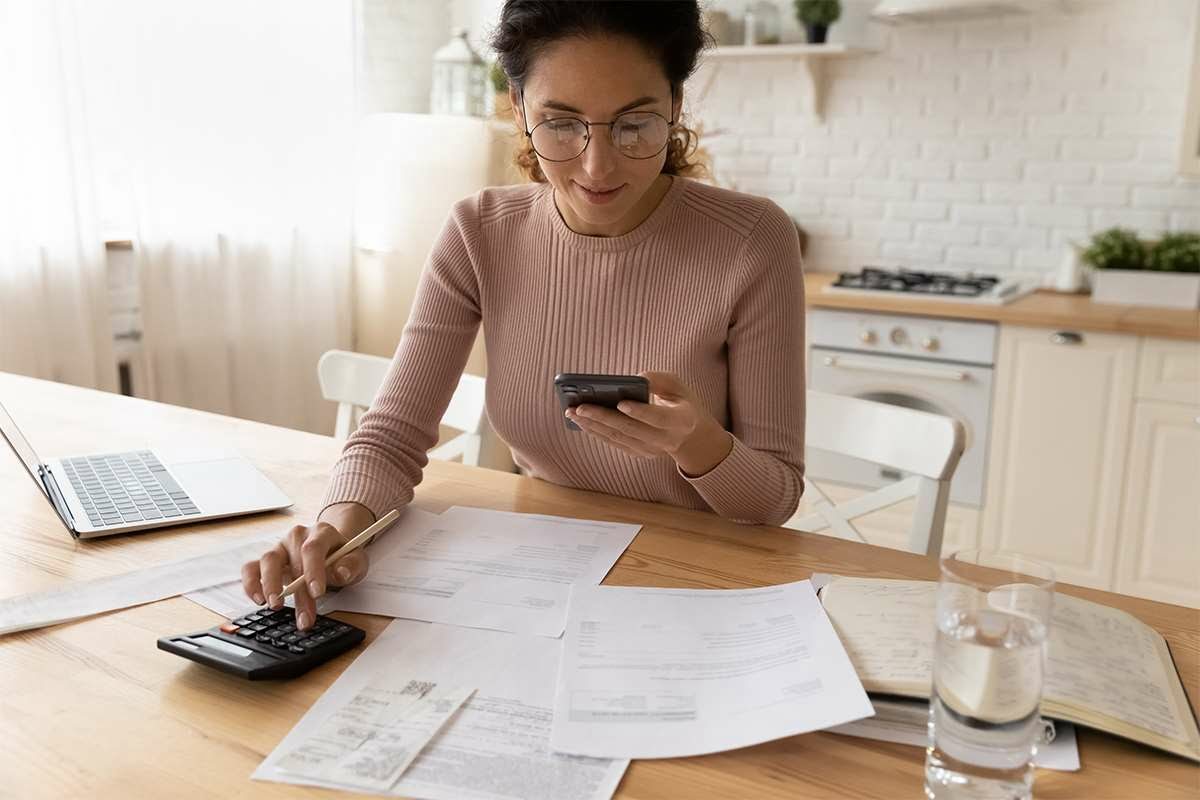
Their unadjusted basis after the section 179 deduction was $15,000 ($39,000 – $24,000). They figured their MACRS depreciation deduction using the percentage tables. The numerator (top number) of the fraction is the number of months in the short tax year and the denominator (bottom number) is 12. For example, a corporation placed in service in June 1986 an item of 3-year property with an unadjusted basis of $10,000. The corporation files a tax return, because of a change in its accounting period, for the 6-month short tax year ending June 30, 1986. The full year’s ACRS deduction for this item is $2,500 ($10,000 × 25%), the first year percentage from the 3-year table.
Straight-line depreciation
You figure the SL depreciation rate by dividing 1 by 4.5, the number of years remaining in the recovery period. (Based on the half-year convention, you used only half a year of the recovery period in the first depreciable asset year.) You multiply the reduced adjusted basis ($800) by the result (22.22%). When using the straight line method, you apply a different depreciation rate each year to the adjusted basis of your property.
Sum of the years’ digits depreciation

Decreases to the basis can be from insurance payments you receive due to damage or theft, casualty loss not covered by insurance for which you took a deduction, and money you receive to grant an easement. Even if the property meets the above requirements, it cannot be depreciated if you placed it in service and dispose of it (or no longer use it for business use) in the same year. Property and large equipment also experience economic depreciation. Economic depreciation is a decrease in the value of the asset due to negative influences, such as an across-the-board drop in real estate prices. For many emerging markets, the correlation of the inflation shock with the forward rate is just as high as in advanced economies, while the correlation of the inflation shock with the nominal effective exchange rate is much lower. Thus, in advanced economies, both forward rates and the exchange rates tend to increase in response to inflation shocks.

What Is Depreciation and How Do You Calculate It?
Depreciation for the second year under the 200% DB method is $320. The following examples show how to figure depreciation under MACRS without using the percentage tables. Assume for all the examples that you use a calendar year as your tax year. For business property you purchase during the year, the unadjusted basis is its cost minus these and other applicable adjustments. If you trade property, your unadjusted basis in the property received is the cash paid plus the adjusted basis of the property traded minus these adjustments.

There are a variety of factors that can affect useful life estimates, including usage patterns, the age of the asset at the time of purchase and technological advances. You determine the inclusion amount for property leased after June 18, 1984, and before 1987 by multiplying the fair market value of the property by both the average business/investment use percentage and the applicable percentage. You can find the applicable percentages for listed property that is 5- or 10-year recovery property in Table 19 or 20 in the Appendix.

Which Asset Does Not Depreciate?

Step 1—Taxable income figured without either deduction is $1,180,000. In addition, figure taxable income without regard to any of the following. If you and your spouse elect to amend your separate returns by filing a joint return after the due date for filing your return, the dollar limit on the joint return is the lesser of the following amounts. https://www.bookstime.com/law-firm-bookkeeping Only the portion of the new oven’s basis paid by cash qualifies for the section 179 deduction. Therefore, Silver Leaf’s qualifying cost for the section 179 deduction is $520. If you deduct more depreciation than you should, you must reduce your basis by any amount deducted from which you received a tax benefit (the depreciation allowed).
How to Calculate Depreciation on Fixed Assets
The depreciation for the computer for a full year is $2,000 ($5,000 × 0.40). You placed the computer in service in the fourth quarter of your tax year, so you multiply the $2,000 by 12.5% (the mid-quarter percentage for the fourth quarter). The result, $250, is your deduction for depreciation on the computer for the first year. Figure your depreciation deduction for the year you place the property in service by multiplying the depreciation for a full year by the percentage listed below for the quarter you place the property in service. You figure depreciation for all other years (including the year you switch from the declining balance method to the straight line method) as follows.
- The useful life can also be affected by technological improvements, progress in the arts, reasonably foreseeable economic changes, shifting of business centers, prohibitory laws, and other causes.
- A property is retired from service when you no longer use it as an income-producing property—or if you sell or exchange it, convert it to personal use, abandon it, or if it’s destroyed.
- Because you placed your car in service on April 15 and used it only for business, you use the percentages in Table A-1 to figure your MACRS depreciation on the car.
- However, if the cost to remove the property is more than the estimated salvage value, then net salvage is zero.
- The machines cost a total of $10,000 and were placed in service in June 2023.
- An improvement made to listed property that must be capitalized is treated as a new item of depreciable property.
